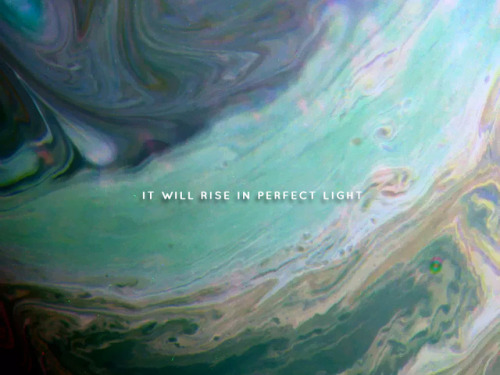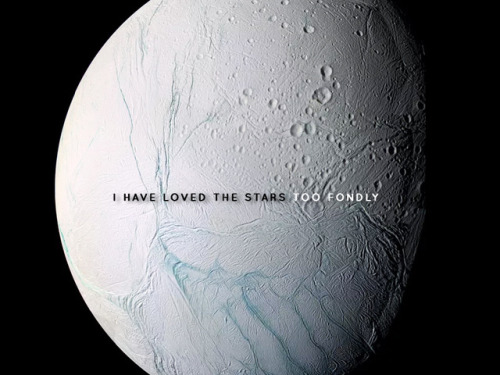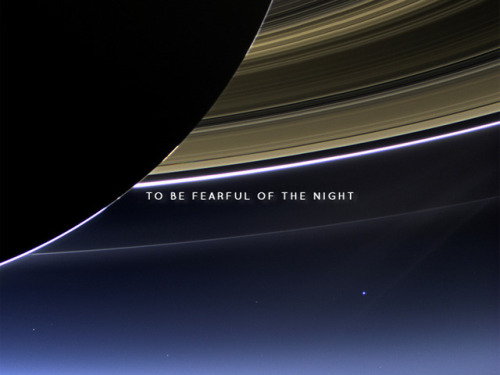Things That Are A Mistake
things that are a mistake
1. this
More Posts from Plutoisnotaplanet and Others

It’s time for a musical World Record Wednesday! The “Golden Record,” created by NASA and placed on both Voyager spacecraft in 1977, is the phonographic recording to travel farthest. Currently hurtling through space at a distance of over 12 billion miles from Earth on Voyager I, the album is literally a “world record"—a collection of sounds, songs, and short speeches intended to represent the best of planet Earth and humanity. The tracks were carefully curated by NASA and a committee chaired by Carl Sagan, and include music from Bach, Beethoven, Stravinsky, Chuck Berry, Louis Armstrong, and others. (Fun fact: the producer of the Golden Record,“ Timothy Ferris, is an award-winning science author who wrote the script for the Museum’s Space Show “Dark Universe.”)
The Record also features musical recordings from Senegal, Russia, Japan, and other countries. Carl Sagan, who worked on the project, stated that "the spacecraft will be encountered and the record played only if there are advanced space-faring civilizations in interstellar space. But the launching of this ‘bottle’ into the cosmic 'ocean’ says something very hopeful about life on this planet.”
Listen to the album on the Museum’s first-ever Spotify playlist: https://goo.gl/mogYK6
Image: NASA
Pluto is a dwarf planet, and thats okay
I love Pluto as much as anyone, and its *okay* that she’s a dwarf planet. Pluto has other cute friends out in her part of the woods
She just isn’t in the same plane of orbit as the other planets. Look at that orbit, its cray:

We can accept Pluto as she is, we don’t need to push her into a mold. Insisting that Pluto is a planet isn’t accepting her as her true self. She is a small, wild, free little dwarf planet and I love her
i changed the title…WOAH !!! wat a turn of events,,, someoneget that gnat a tiny helmet
U. S Congress: you need to get us up there, win us this “space race” against the Soviets… no pressure NASA:



Sometimes it amazes me that the Juno spacecraft was originally designed without any cameras onboard. The JunoCam instrument has produced stunning imagery of Jupiter thus far and shows no signs of stopping soon. The latest wonder is this false-color, high-contrast animation showing the motion of Jupiter’s clouds swirling and flowing past one another.
Now, this is not Jupiter as you would see it by eye. This animation is derived from two images taken 8 minutes and 41 seconds apart. In that time, Juno covered a lot of distance, so the two images had to be mathematically re-projected so that they appeared to be taken from the same location. Then, by comparing relative positions of recognizable features in the two photos and applying some understanding of fluid mechanics, observers could calculate the probable flow between those two states. Although this is a coarse example, it’s the same kind of technique often used in fluid dynamical experiments when measuring how flows change between two images. (Image credit: NASA/JPL/SwRI/MSSS/G. Eichstädt, source; via EuroPlanet; submitted by Kam-Yung Soh)




On September 15h, 2017 the Cassini spacecraft will end its 20-year mission by diving into the atmosphere of Saturn.
Goodnight, Cassini.

Made another :-)
10 Times More Galaxies!
The universe suddenly looks a lot more crowded…
We already estimated that there were about 100 billion galaxies in the observable universe, but new research shows that this estimate is at least 10 times too low!

First, what is the observable universe? Well, it is the most distant part of the universe we can see from Earth because, in theory, the light from these objects have had time to reach Earth.

In a new study using surveys taken by the Hubble Space Telescope and other observatories, astronomers came to the surprising conclusion that there are at least 10 times more galaxies in the observable universe than previously thought. This places the universe’s estimated population at, minimally, 2 trillion galaxies!

The results have clear implications for galaxy formation, and also helps shed light on an ancient astronomical paradox – why is the sky dark at night?
Most of these newly discovered galaxies were relatively small and faint, with masses similar to those of the satellite galaxies surrounding the Milky Way.

Using deep-space images from the Hubble Space Telescope and other observatories, astronomers converted the images into 3-D, in order to make accurate measurements of the number of galaxies at different epochs in the universe’s history.
In addition, they used new mathematical models, which allowed them to infer the existence of galaxies that the current generation of telescopes cannot observe. This led to the surprising conclusion that in order for the numbers of galaxies we now see and their masses to add up, there must be a further 90% of galaxies in the observable universe that are too faint and too far away to be seen with present-day telescopes.

The myriad small faint galaxies from the early universe merged over time into the larger galaxies we can now observe.
That means that over 90% of the galaxies in the universe have yet to be studied! In the near future, the James Webb Space Telescope will be able to study these ultra-faint galaxies and give us more information about their existence.

So back to the question…Why is the sky dark at night if the universe contains an infinity of stars? Researchers came to the conclusion that indeed there actually is such an abundance of galaxies that, in principle, every patch in the sky contains part of a galaxy.
However, starlight from the galaxies is invisible to the human eye and most modern telescopes due to other known factors that reduce visible and ultraviolet light in the universe. Those factors are the reddening of light due to the expansion of space, the universe’s dynamic nature, and the absorption of light by intergalactic dust and gas. All combined, this keeps the night sky dark to our vision.
Make sure to follow us on Tumblr for your regular dose of space: http://nasa.tumblr.com
welcome to my space space (see what i did there) (space means two different things)
232 posts




